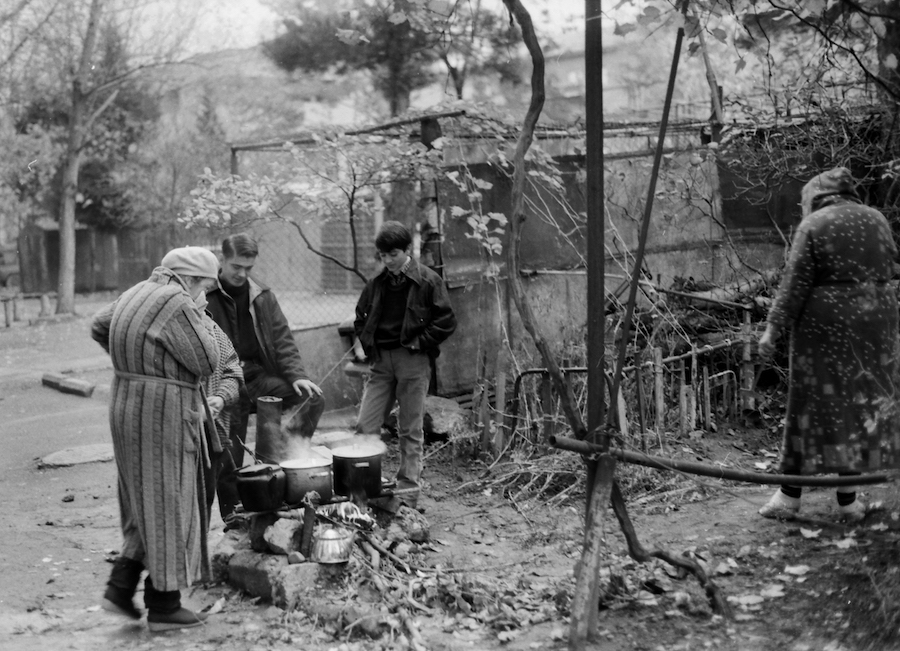Study: EU spent 3 times less on aid to Ukraine than on Russian oil and gas
EU aid to Ukraine cheaper than oil
The Brueghel Institute (Brussels European and Global Economics Laboratory), a European research center that studies international economic issues, estimates that between February and August 2022 EU nations purchased oil, gas and coal worth $102.56 billion (€103.6 billion) From Russia, while as of October 3, 2022, EU nations and institutions have officially allocated a total of 29.2 billion euros for military, economic and humanitarian assistance to Ukraine. Aggregate data on aid to Ukraine has been published by the Kiel Institute for the World Economy (IfW).
This means that since the beginning of the war, the EU has spent three times more on Russian oil and gas than on helping Ukraine.
However, in December 2022 this situation should change dramatically, when the European Union will officially refuse 90% of Russian oil imports.
It should be noted that only European assistance to Ukraine was mentioned above.
As for the collective assistance of the West, that is, including American assistance, then we arrive at 93 billion euros. This amount is almost equal to that spent by Europe on Russian energy resources. 60% of all aid that Ukraine received from the West is covered by the United States. Unlike Europe, the United States does not spend money on Russian energy resources, because it does not depend on them.
Most of the EU’s promises reach Ukraine too late, Christoph Trebesh, director of the Kiel Research Centre, says. He also draws attention to the fact that after the summer, European countries began taking on fewer and fewer obligations with respect to Ukraine, which, he says, seems to be of a systematic nature. For example, from August 4 to October 3 the US made new commitments of 12 billion euros, while EU countries and institutions increased their commitments by only 1.4 billion euros.
“The US government is a much more reliable partner for Ukraine than the EU countries — they still have not paid the financial aid package promised in April,” Trebesh said.
Can Europe buy less Russian energy and help Ukraine more?
It should be borne in mind that, unlike America, Europe has no source of sufficient energy supplies than Russia.
Industry, gas stations and, ultimately, the well-being of society as a whole are heavily dependent on the supply of oil. And when the European Union announced the rejection of Russian raw materials, inflation and energy prices rose in the Eurozone.
Instead of punishing Russia, the Europeans sent it more and more money in exchange for raw materials.
How much did Russia get?
According to the calculations of the researchers, a lot.
Back in June 2022, more than half of Russia’s energy export earnings went to the EU. India and China are also ready to buy more Russian oil.
The rapid rise in prices for Russian energy resources provided the Kremlin with significant income. Oil allowed Putin to increase military spending; in 2023, the Russian government plans to direct a third (9.4 trillion) of total federal budget spending (29 trillion rubles) to national defense and internal security.
Can Europe spend more money on Ukraine in the future?
It depends on the richest countries in the EU, and they do not seem ready for more help. Only a few states are more acutely aware of the immediate threat of Russian aggression and are ready to allocate a significant part of their spending to Ukraine. The rest are limited to much smaller numbers, mainly for domestic political reasons. If, in order to increase aid, Ukraine has to sacrifice social contributions and programs for its citizens, then the choice will be made in favor of internal interests.
Calculating the volume of support for Ukraine as a percentage of output, the Kiel Research Center concluded that, on average, EU countries are ready to spend 0.19% of their GDP on Ukraine.
However, the differences within Europe are very large. For example, Latvia and Estonia have made commitments to Ukraine equivalent to about 1% of their annual gross domestic product. Poland’s contribution is 0.6% of GDP. But the help of European giants is much more modest: Great Britain at 0.24% of GDP, Germany 0.17, Italy 0.15, France 0.15%.
The burden of caring for four and a half million refugees fell mainly on the states neighboring Ukraine. According to the Kiel Institute, Ukrainian refugees cost Poland an additional 0.71% of GDP, and Estonia an additional 0.56% of GDP. As for Germany and the UK, only 0.08 and 0.01% of their economies are spent on refugees.
EU aid to Ukraine cheaper than oil
The material was prepared based on materials from Meduza and the BBC.




















